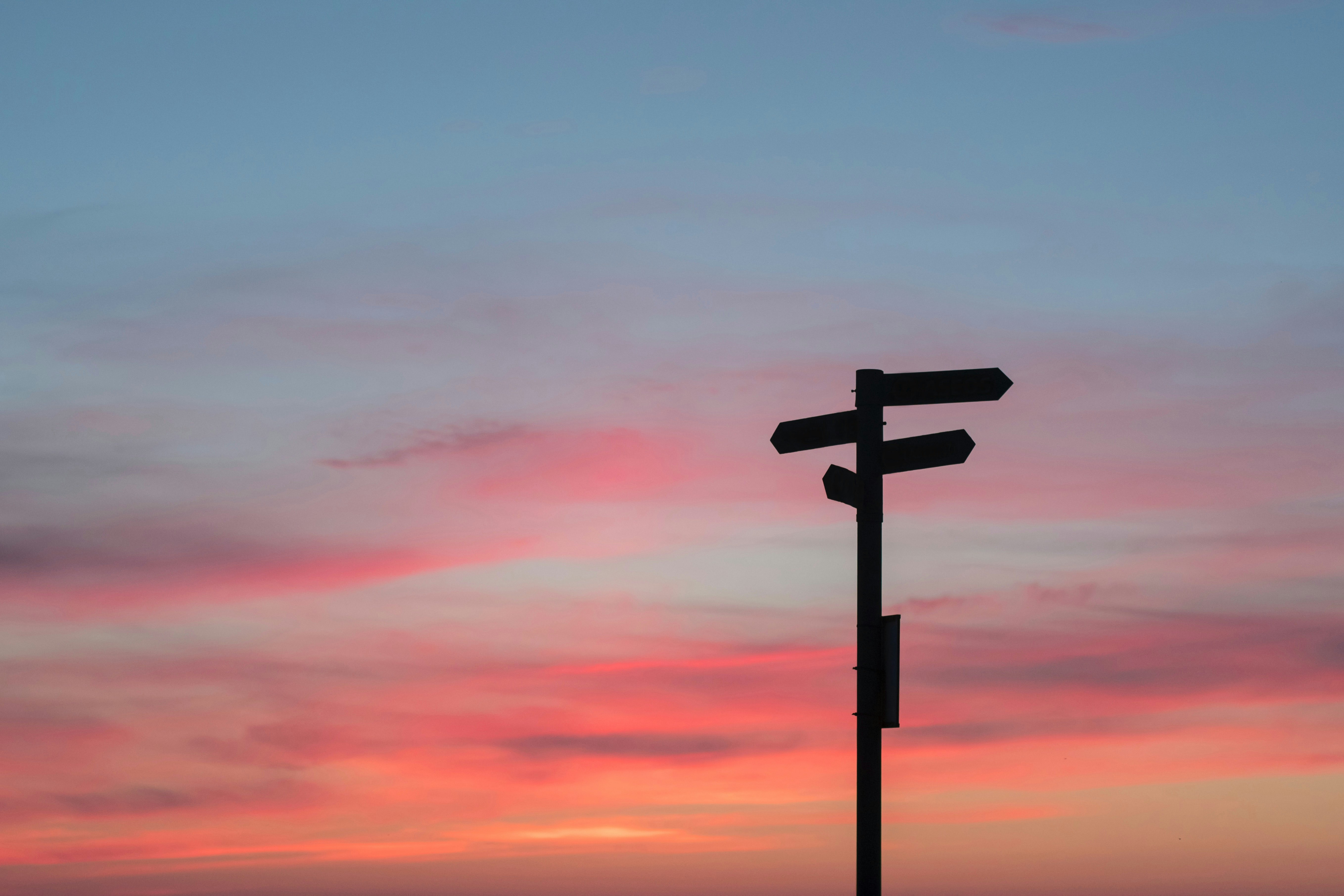The Paradox of Choice: Reflections From Day 2 of Media Insights 2020

Day two of the Media Insights & Engagement Conference 2020 centered around the paradox of choice and the power of familiarity. Dave Eckelman of Warner Bros. kicked this discussion off by listing the different decisions that are now necessary to decide to watch specific content, of which there can be up to five:
- Which activity (i.e. news, TV show, movie, sports, video games);
- Which screen;
- Which connected device (if chose to watch on a TV);
- Which channel or app to use;
- Which title to watch or play.
The sheer amount of choices available has lead us to the paradox of choice: we can watch almost anything, but tend to be paralyzed in the face of it and revert to the familiar. This was a trend that GlobalWebIndex touched upon with the new wave of nostalgia that’s currently developing, asking whether nostalgia can overcome subscription (and content choice) fatigue.
Warner Bros. applied the paradox of choice concept to media, and found that the greater the number of available shows to choose upon, the stronger the likelihood to choose familiar titles over ones the consumer was not aware of. This relationship also yielded another finding, which was the link between increasing title choices and declining time spent evaluation each one. This increases the pull of nostalgia/familiarity, as the viewer gravitates toward known properties for the reason that they are known - a familiarity feedback loop.
WB also outlined the three tiers of familiarity, beginning with the weakest:
- Weakest tier: familiar with show via social media posts, online reviews or video service referrals.
- Medium tier: familiar with show via actor, friend referral or an ad or commercial.
- Strongest tier: familiar with show’s characters, storyline or is a show that viewer has watched again and again.
Bell Media also analyzed the behavior of viewers to create a hierarchy of needs from watching TV, which stem in part from familiarity:
- Enjoyment, for example “me time”. This is the weakest motivating factor.
- Involvement, e.g. thinking about the show between episodes.
- Connection, e.g. watching or talking about the show with others.
- Personal growth and in touch, e.g. being part of the culture or learning something about yourself from the show. This is the strongest motivating factor for watching a show.
Bell Media also created four needs-based segments for content viewers. For one of them, Anytime Streamers, Bell found that the strongest factor for influencing content viewing was “it’s a series I like to watch” - back to familiarity again.
Bell’s Needs Hierarchy suggests that the acquisition/commissioning of programs should consider the four need states viewers have. In other words, output should meet all the needs and not solely be dark and gritty dramas. Taking that a step further, this suggests that the strategy of the larger media conglomerates, who have scale and multiple themed brands, is still a good move, as they can balance the need states between their various networks. But this also suggests that in order to reach the maximum audience, media congloms need to have brands that reach all needs, and those that don’t may struggle in the future.
Sony Picture’s James Petretti also touched upon the increasing size of these conglomerates. Not only do they have a large number of networks to reach different audiences, but their hands have been forced by the digital fragmentation of the market and the viewer migration to digital platforms. This has led to the severe decline in TV ratings. The result of this has been increased scale by the big media companies, who are consolidating in order to own bigger pieces of the (shrinking) pie.
This in turn is leading to the new wave of direct to consumer offerings, but it is likely that this will end up being version 2.0 of what Petretti termed the networks’ self-destructive behavior by competing against themselves (version 1.0 was selling their content to the SVODs). As an aside, in chaos theory this type of repeating behavior is known asa precursor to “period three”, which is the chaotic part of a regularly repeating cycle. Whether D2C offerings will in turn lead to a new paradox of choice, this one for services, remains to be seen, but if more and more are released, it’s possible that consumers will be facing two choice paradoxes in the near future.